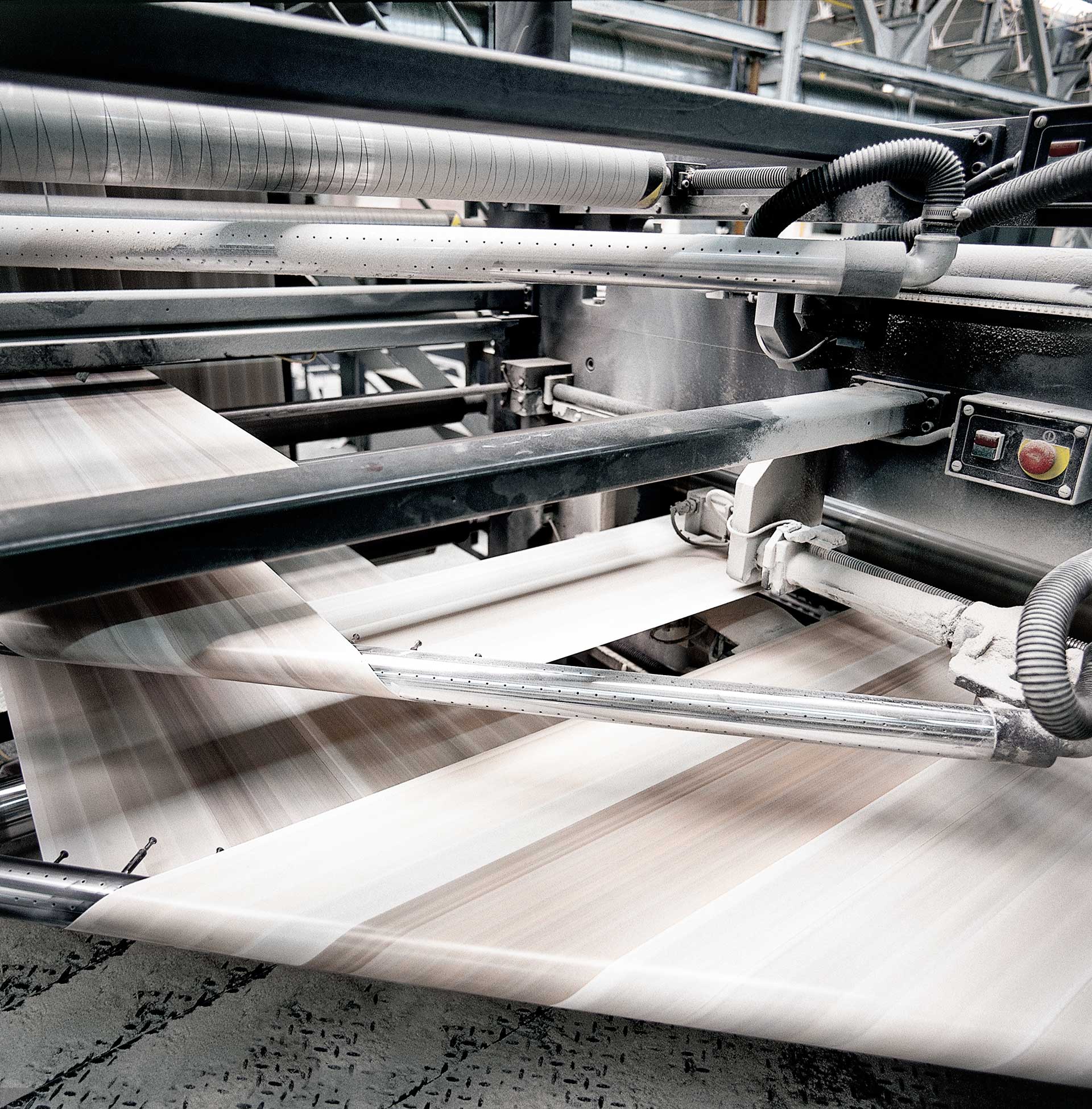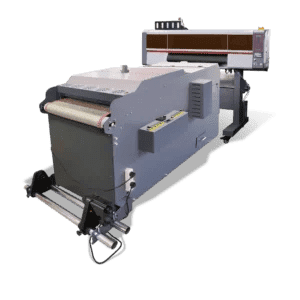Unveiling the Science Behind Ultraviolet Direct-to-Film Printing
In the dynamic world of printing technologies, Ultraviolet (UV) Direct-to-Film printing emerges as a standout. This cutting-edge technology harnesses the power of UV light to cure digital printer ink applied to a transfer sheet.
Let’s demystify some of the processes in layman’s terms.
UV Light: The Key Player
At the core of UV Direct-to-Film printing is the use of ultraviolet light. With a shorter wavelength than visible light, UV light possesses unique properties crucial to the printing process. The science involves its ability to initiate photochemical reactions. The process kicks off by applying a photosensitive emulsion to the transfer film. This emulsion contains compounds that react under UV light, triggering a polymerization process. This transforms the liquid emulsion into a solid, durable layer. The magic lies in the chemical structure of the emulsion, engineered for specific changes when exposed to UV light.
Explain Like I’m Five Summary: UV light makes the ink harden. It won’t happen until it’s exposed to a specific amount of UV light for a set duration.
Once the emulsion is applied and UV-hardened onto the transfer film, a transparent sheet, known as “Laminate,” is placed on top. This laminate serves to transfer prints to the final substrate, akin to a print-cut vinyl application.
Adaptability to Various Substrates:
The versatility of UV Direct-to-Film printing extends to different substrates, making it a valuable addition to your toolkit. The cured emulsion forms a robust stencil capable of withstanding the challenges posed by various hard substrates.
In essence, the science behind Ultraviolet Direct-to-Film printing is a harmonious blend of chemistry and physics, meticulously orchestrated to deliver a high-precision and efficient printing process. As technology pushes boundaries, this method stands as a testament to the fusion of scientific principles and practical innovation in the realm of printing technologies.







